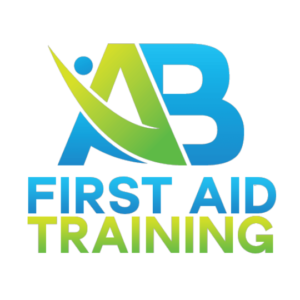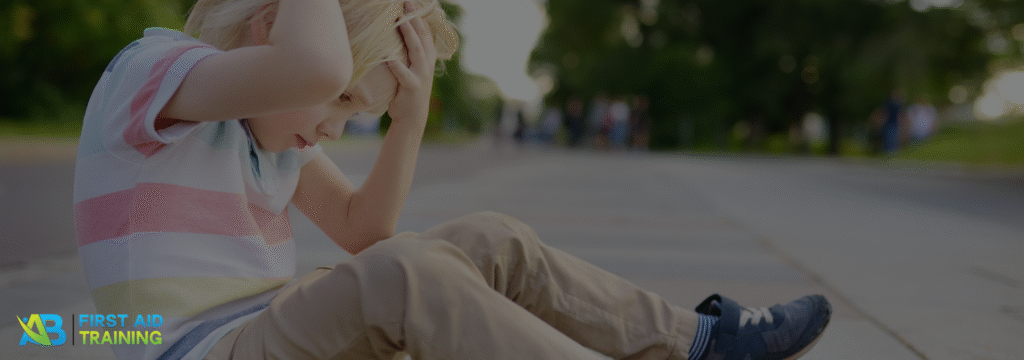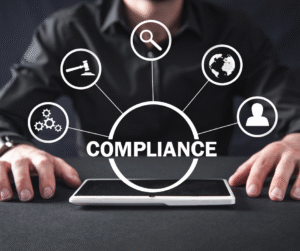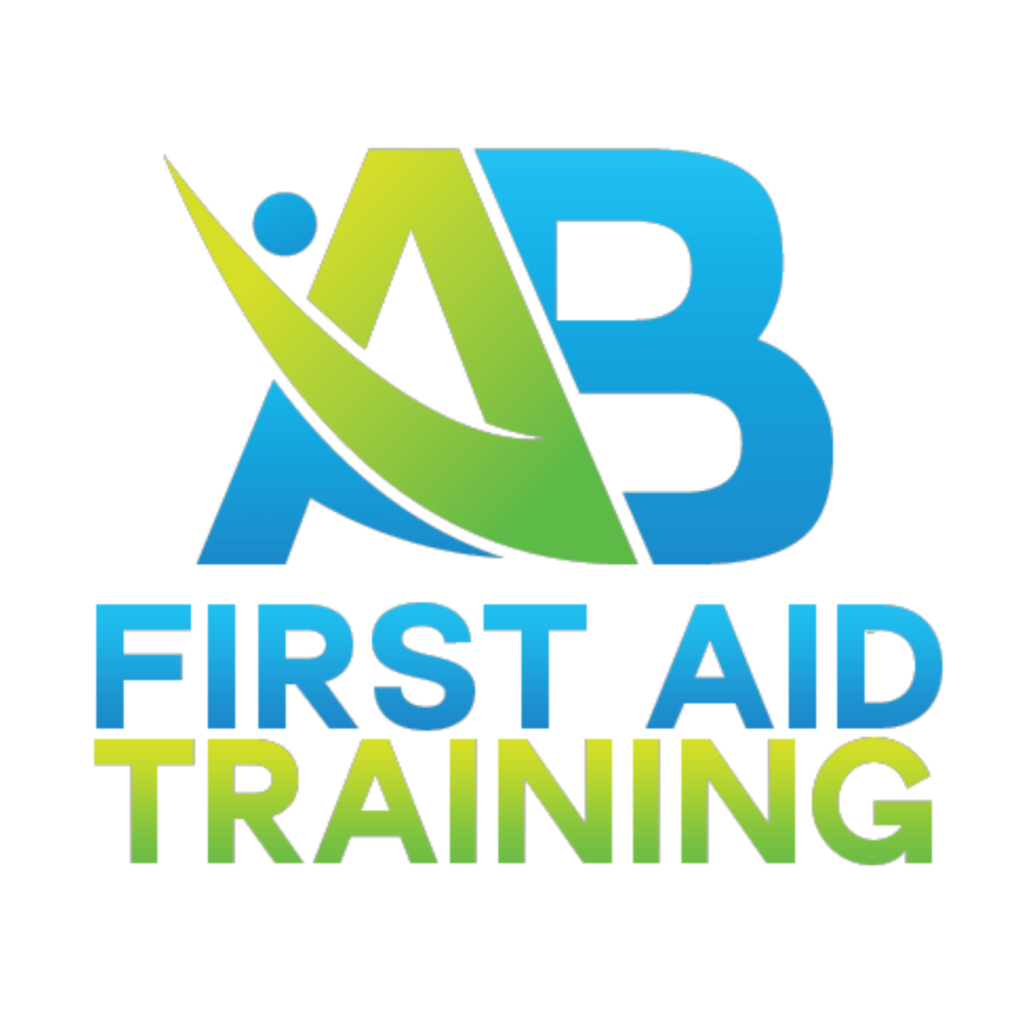Concussion Made Simple: What Actually Happens in the Brain
This past week I attended our annual First Aid Conference and listened to Dr Jason Davis. It was so interesting to hear him talk about Concussions and head injuries… here is my take on it…
Head knocks happen at sport, at work, and even at home. Most people have heard the word concussion, but many are unsure what it really means.
This easy guide explains what is going on in the brain during a concussion, why symptoms can be confusing, and what to do in the first hours and days.
Stakes
Concussion is a mild traumatic brain injury. It can affect thinking, memory, vision, balance, mood, and energy.
In Australia, community sport and everyday bumps are common causes. Understanding the basics helps parents, coaches, teachers, and workers make safer choices.
It also helps organisations meet their duty of care under WHS obligations and sport concussion guidelines.
The Problem
Without clear information people often make poor decisions, for example:
- Letting someone return to play too soon
- Missing delayed symptoms because the person looked fine at first
- Not knowing which red flags mean call Triple Zero (000) now
- Using the wrong checks on the sideline
The Ideal Solution
Good practice is simple, clear and calm. You do not need medical jargon.
You need to know what a concussion is, what to look for, and when to rest or escalate.
Your club or workplace should have a basic plan so everyone follows the same steps.
Concussion In Simple
Think of the brain like a soft jelly inside a hard shell.
The skull protects it, and a thin layer of fluid cushions it.
If the head stops suddenly or is hit, the brain can move and bump the inside of the skull.
That movement can upset how brain cells work.
Where the Hit Matters Most
The front part of the brain, called the cerebrum, does a lot of day-to-day jobs.
It helps with memory, attention, language, movement, and feeling.
This area moves the most during a sudden stop or blow, so it often causes the symptoms we notice.
What Happens Inside a Brain Cell
You do not need chemistry to get this. Here is the simple version.
- Brain cells send messages using tiny charged particles called ions, mainly sodium, potassium, and calcium.
- Each cell has a thin skin that keeps the right mix of these ions inside and outside.
- A sudden stretch of the cell skin from a head knock lets ions move the wrong way.
- Potassium leaks out, sodium and calcium rush in.
- This upsets the balance and the cell cannot pass messages properly, a “metabolic cascade” or chain reaction.
Why Symptoms Can Be Strange or Delayed
When brain cells are out of balance, different jobs slow down.
That is why someone may have any of the following:
- Headache, pressure, or feeling foggy
- Trouble remembering or finding words
- Slower reactions, clumsy movement, or poor balance
- Visual problems like blurriness or trouble focusing
- Feeling tired, flat, irritable, or emotional
- Later symptoms that appear hours or even days after the hit
This is also why a person might seem okay at first but worsen later, the cells are still struggling to reset.
Red Flags – Call Triple Zero (000) Now
- Worsening headache that does not settle
- Repeated vomiting
- Seizure
- Weakness, numbness, or trouble speaking
- Drowsy and hard to wake, or any loss of consciousness
- Neck pain straight down the middle of the neck
- Obvious skull or facial deformity
Quick Recognition on the Sideline or at Work
You do not need special gear. Use calm, clear checks.
- Ask specific questions, not yes or no.
Examples: What month is it? Where are we right now? What was the last play? - Vision check: hold a simple card and ask them to read the top line.
- Movement check: ask them to wiggle toes, squeeze hands, or gently push against your hand.
- Memory check: expect poor recall around the time of the hit.
Neck Pain – What Matters and What Does Not
After a head knock, pain straight down the middle of the neck is a worry.
That is where the spine sits.
Pain off to the side is more likely muscle.
If there is midline pain, pins and needles, weakness, or tenderness along the neck bones, keep them still and call for help.
Simple Management Steps
- Remove from play or work straight away. No same-day return.
- Check for red flags. If present, call Triple Zero (000).
- Rest from screens, loud noise, alcohol, and hard physical or thinking tasks for 24–48 hours.
- Use simple pain relief only as advised by a pharmacist or GP.
- Arrange a GP review — symptoms can be delayed.
- Return to school, work, or sport step-by-step. If symptoms return, drop back a step.
Why “No Same-Day Return” Is a Hard Rule
After a concussion, brain cells are low on energy while they reset.
A second hit on the same day can make things much worse.
Even if the person feels fine, the safe choice is to stop for the day and follow a gradual plan.
Helping Children and Teens
Young brains need more time to recover.
Keep school staff and coaches informed.
Short rest breaks, reduced screen time, and lighter homework can help.
If symptoms last more than a couple of weeks, ask your GP for follow-up.
Club and Workplace Responsibilities
- Have a simple written plan for head knocks
- Keep a copy of a screening card such as the Concussion Recognition Tool 6 (CRT6)
- Train coaches and first aiders to use clear, specific questions
- Record what happened and what you observed
- Share the plan with families or workers so everyone knows the steps
You can download the official CRT6 here from Sports Medicine Australia:
Handy Checklist for the First 48 Hours
- Someone responsible stays with the person overnight
- Pain is mild and settles with rest and approved medication
- No red flags appear
- Drinking water and eating small snacks is okay
- Quiet activities only — no training, heavy work, or driving
- GP appointment booked
Five Common Myths, Busted
- If you did not black out, it is not a concussion.
False. Many concussions do not involve loss of consciousness. - You must keep someone awake all night.
False. Let them sleep, but check breathing and wake gently now and then. - A doctor’s letter means you can play the same day.
False. Best practice says no same-day return. - Helmets stop concussion.
False. Helmets prevent cuts and fractures, not brain movement. - If you feel fine after an hour, you can train.
False. Symptoms can return later — follow a step-by-step recovery plan.
References and Resources
- Australian Institute of Sport and Australian Medical Association – Concussion in Sport Resources
- Healthdirect Australia – Concussion Advice
- Safe Work Australia – Workplace Injury Information
- Sport-specific concussion guidelines from your national or state body
- Concussion Recognition Tool 6 (CRT6): https://sma.org.au/wp-content/uploads/2023/07/Concussion-Recognition-Tool-CRT6.pdf
Learn First Aid
If you want your club, school, or workplace to respond to head knocks with confidence, AB First Aid can help.
We deliver practical concussion awareness, sideline screening practice, and simple return-to-activity plans tailored to your team or organisation.
Book A Course
Recent Blogs
- All Posts
- Compliance
- First Aid
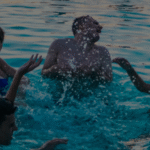
Make sure your first aid kit is race-ready this Cup Day and for summer. See our top 10 must-have items...
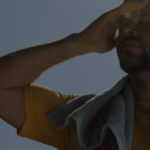
Summer means fun in the sun, but it’s also peak season for preventable injuries. Learn the top first aid skills...
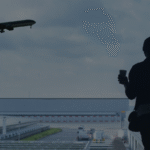
Get travel-ready this summer with our essential first aid kit checklist and health advice for holidays, road trips, and outdoor...
AB First Aid Training & Compliance
Ask Us About Our Full Service Compliance & Safety Package
FREE When You Partner With Us!
Have You Read These Articals Yet?
- All Posts
- Compliance
- First Aid
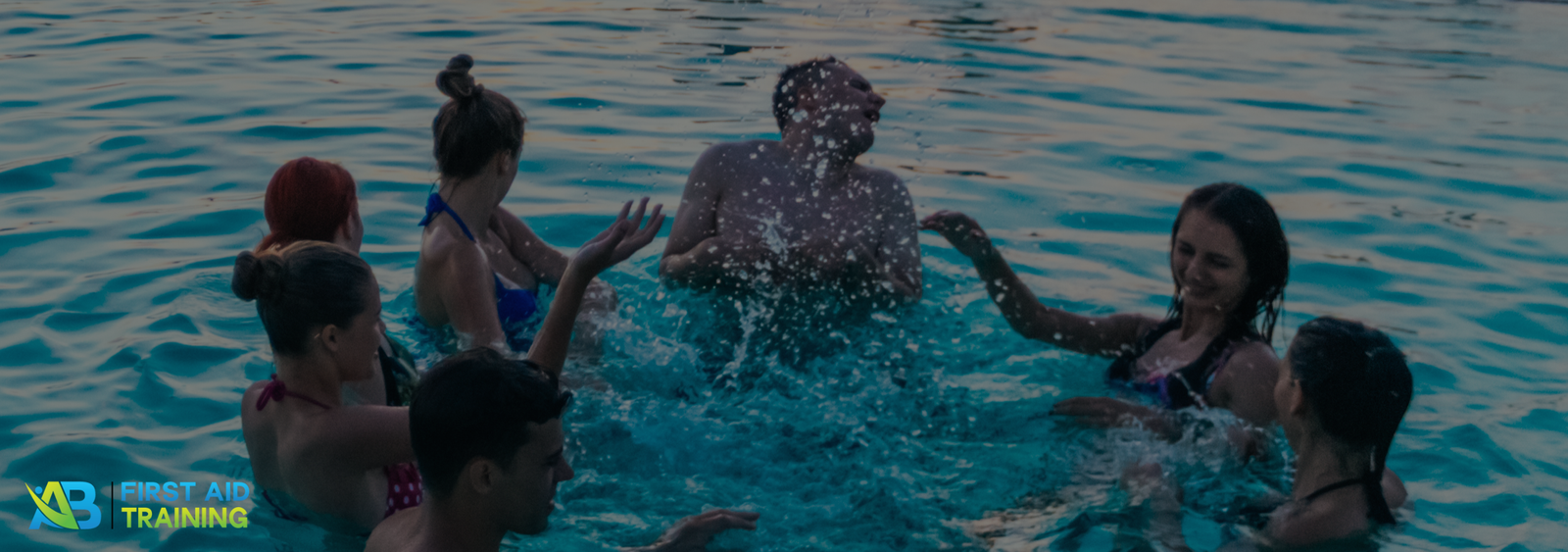
Make sure your first aid kit is race-ready this Cup Day and for summer. See our top 10 must-have items...
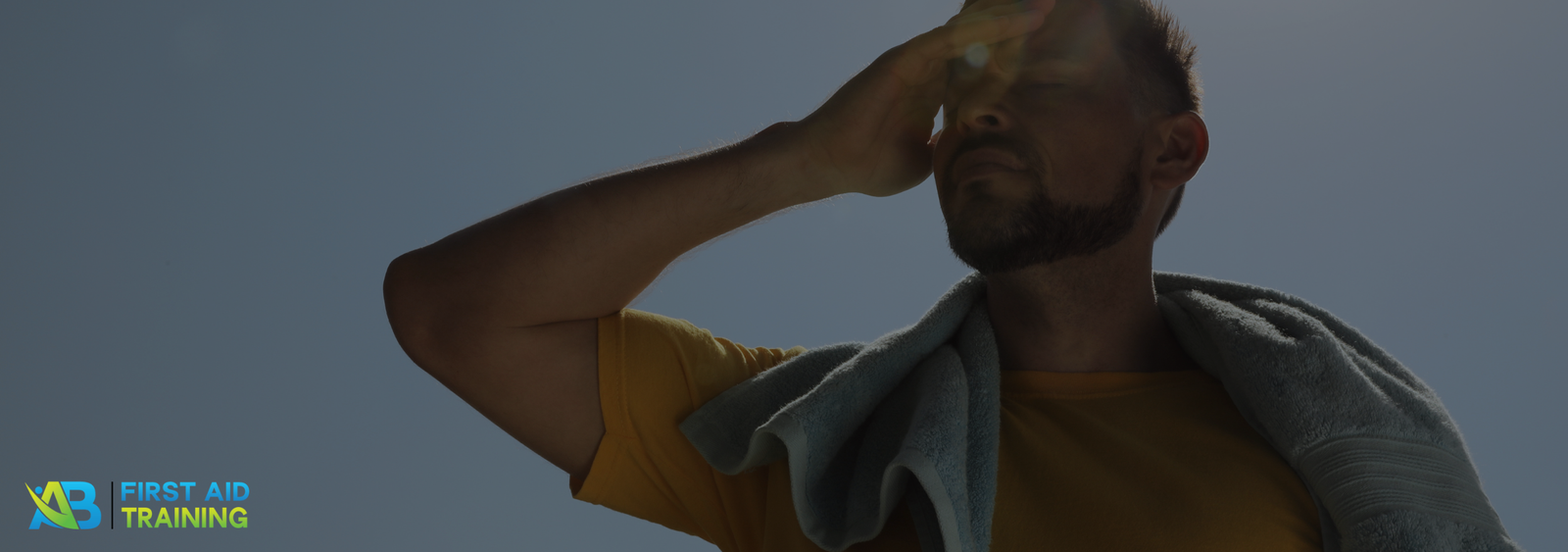
Summer means fun in the sun, but it’s also peak season for preventable injuries. Learn the top first aid skills...
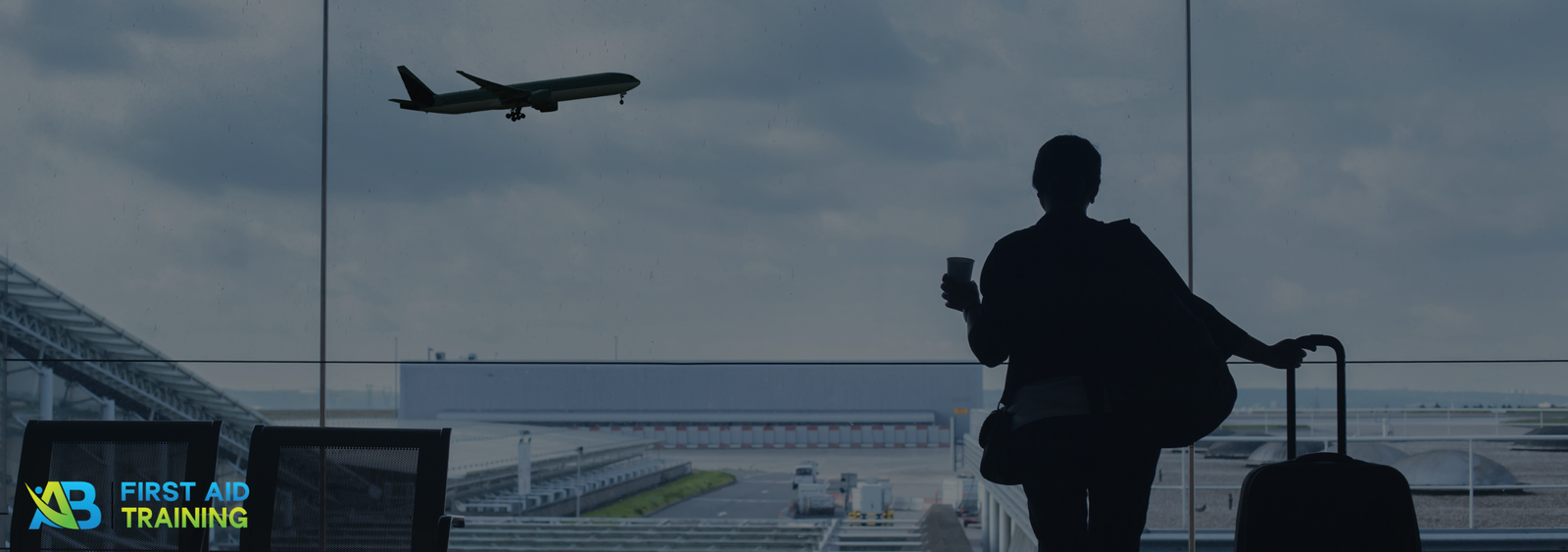
Get travel-ready this summer with our essential first aid kit checklist and health advice for holidays, road trips, and outdoor...
